Bem-vindo ao meu blog!
Antes de mergulharmos no conteúdo, adoraria que você se juntasse a mim nas minhas plataformas de mídia social, onde compartilho mais insights, interajo com a comunidade e posto atualizações. Veja como você pode se conectar comigo:
Facebook:https://www.facebook.com/profile.php?id=100066759548969
Agora, vamos começar nossa jornada juntos. Espero que você ache o conteúdo aqui perspicaz, envolvente e valioso.
Introdução
Small excavators, also known as mini excavators, have become essential tools in construction, landscaping, and agriculture. Their compact size and versatility make them ideal for projects that require precision and maneuverability in confined spaces. With a variety of small excavator sizes available on the market, choosing the right one can be challenging. The size of the excavator directly affects its capabilities, such as digging depth, power, and reach. In this comprehensive guide, we will delve into the different small excavator sizes, their key features, and how to choose the best one for your needs.
What Are Small Excavator Sizes?

Small excavator sizes refer to the physical dimensions and operating capacity of mini excavators, which typically weigh between 1 ton and 10 tons. These machines are designed for projects that require agility and precision, such as trenching, digging, and demolition in tight spaces.
Small excavators come in different weight classes, and the size you choose will depend on the scope of your project. The following table provides a general breakdown of small excavator sizes and their common uses:
| Excavator Size (Tons) | Typical Uses | Maximum Digging Depth (ft) | Bucket Capacity (Cubic Yards) |
|---|---|---|---|
| 1-2 Tons | Landscaping, small residential projects | 5-7 feet | 0.03-0.06 |
| 2-4 Tons | Utility work, small foundation digging | 7-9 feet | 0.06-0.1 |
| 4-6 Tons | General construction, roadwork | 9-12 feet | 0.1-0.2 |
| 6-8 Tons | Agricultural, medium-scale construction | 12-14 feet | 0.2-0.3 |
| 8-10 Tons | Commercial projects, demolition, deep digging | 14-16 feet | 0.3-0.5 |
Understanding the differences in small excavator sizes can help you identify which machine will meet your specific project requirements.
Benefits of Choosing the Right Small Excavator Size
Selecting the correct small excavator size is crucial for the efficiency and success of your project. Below are some of the key benefits of choosing the right size:
Maior eficiência
Using the correct size excavator can greatly enhance your productivity. A machine that’s too small may not be able to handle larger tasks, while an oversized machine may be cumbersome in tight spaces. By matching the excavator size to the job at hand, you can ensure faster completion times and fewer operational disruptions.
Custo-benefício
Larger excavators tend to cost more to rent or purchase, and they also have higher fuel consumption. Opting for the appropriate small excavator size can help save on both operational and fuel costs, making it a more economical choice.
Maneuverability in Tight Spaces
One of the main advantages of small excavators is their ability to navigate confined areas. Smaller machines can easily fit into spaces that larger machines cannot, such as backyards, narrow urban streets, or inside buildings.
Versatility Across Projects
Small excavators are highly adaptable, and choosing the right size can allow you to use the machine for multiple tasks, including digging, grading, lifting, and demolition.
Danos ao solo reduzidos
Larger machines often cause more ground compaction and surface damage. A smaller excavator spreads less weight over the ground, making it the better option for projects on delicate surfaces, such as landscaping or soft soil.
Types of Small Excavators Based on Size
Different small excavator sizes are designed to tackle specific tasks. Let’s take a closer look at the most common categories of mini excavators based on their size:
1-2 Ton Excavators
These are the smallest mini excavators available and are ideal for landscaping and light-duty residential projects. They are easy to transport and operate, making them popular among DIY enthusiasts and small contractors. Common uses include digging small trenches, planting trees, and grading soil. The compact size allows these machines to work efficiently in tight spaces, such as backyards and gardens.
2-4 Ton Excavators
Excavators in this range are slightly larger and more powerful. They are commonly used for utility work, small foundation digging, and light demolition tasks. These machines offer increased digging depth and lifting capacity compared to 1-2 ton models, making them versatile enough for small-scale commercial projects.
4-6 Ton Excavators
Mid-sized mini excavators offer a balance of power and mobility, making them suitable for general construction, roadwork, and larger residential projects. These machines can handle moderate excavation tasks, such as installing pipes, digging for basements, or grading roads.
6-8 Ton Excavators
These excavators are designed for medium-scale construction and agricultural work. Their increased lifting capacity and digging depth make them suitable for projects that require more power, such as land clearing, road construction, and building foundations. Despite their larger size, they are still compact enough to maneuver around obstacles.
8-10 Ton Excavators
The largest in the small excavator category, 8-10 ton excavators are used in commercial projects, demolition, and deep digging operations. They are powerful enough to handle more demanding jobs, such as removing concrete, heavy lifting, and trenching for utilities in larger developments.
How to Choose the Right Small Excavator Size for Your Project

Selecting the right small excavator size for your project involves considering several factors:
Project Scope
The scale of the project is one of the most important factors in determining the excavator size. If you’re working on a large commercial site, an 8-10 ton excavator may be necessary. However, if you’re doing light landscaping, a 1-2 ton machine may be sufficient.
Worksite Conditions
The physical conditions of the worksite also play a significant role in choosing the right size. Consider factors such as ground stability, space constraints, and obstacles. If your project involves working in confined or sensitive areas, a smaller excavator will provide the needed flexibility.
Profundidade e alcance da escavação
Each small excavator size has a specific digging depth and reach. For example, a 1-2 ton excavator may only dig up to 7 feet, while a 10-ton excavator can reach depths of up to 16 feet. Assess the required depth and reach for your project to ensure that the excavator you select can meet these demands.
Weight and Transportation
Smaller excavators are easier to transport between job sites, and they require less fuel. If mobility is a concern, choosing a lighter excavator (1-4 tons) may be the best option.
Orçamento
Cost is always a factor when selecting equipment. Larger excavators typically cost more to rent or purchase. Evaluate the budget for your project and weigh it against the capabilities you need.
Conclusão
Choosing the right small excavator size is essential for maximizing efficiency, reducing costs, and ensuring that your project runs smoothly. Whether you’re working on a small landscaping project or a large commercial development, selecting the appropriate excavator size will depend on the specific needs of your job site, the scope of the project, and your budget. Understanding the differences between the various sizes of small excavators can help you make an informed decision that will lead to greater productivity and project success.
Perguntas frequentes
What are the most common small excavator sizes available?
Small excavator sizes typically range from 1 ton to 10 tons, with each size suited for different types of projects.
How do small excavator sizes impact project efficiency?
Choosing the correct small excavator sizes can greatly improve efficiency by ensuring the machine is neither too small nor too large for the task at hand.
Which small excavator sizes are best for landscaping projects?
For landscaping projects, small excavator sizes between 1 and 2 tons are ideal due to their compactness and maneuverability.
What small excavator sizes are recommended for digging foundations?
For small to medium foundation work, small excavator sizes in the 4 to 6 ton range offer the best balance of digging depth and power.
How do small excavator sizes affect maneuverability?
Smaller excavator sizes are more maneuverable in tight spaces, making them perfect for confined areas such as urban construction or backyard projects.
Are small excavator sizes suitable for demolition work?
Yes, small excavator sizes between 6 and 10 tons are often used for light demolition tasks, such as breaking up concrete and removing small structures.
How can I determine the right small excavator sizes for my project?
Consider the project scope, digging depth, and available space when selecting small excavator sizes to ensure the machine fits your needs.
What small excavator sizes are best for agricultural projects?
For agricultural work like digging irrigation channels or clearing land, small excavator sizes between 4 and 8 tons are typically ideal.
Can small excavator sizes handle deep digging tasks?
Larger small excavator sizes, like 8 to 10 tons, can handle deeper digging tasks with depths reaching up to 16 feet.
What are the advantages of using smaller small excavator sizes?
Smaller small excavator sizes, such as 1 to 3 tons, are more fuel-efficient, easier to transport, and cause less ground disturbance.


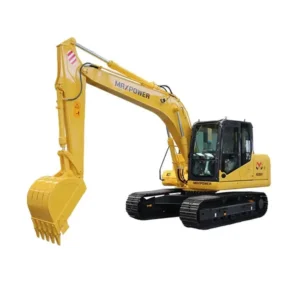
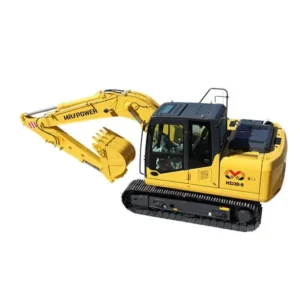
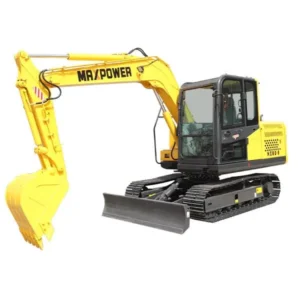
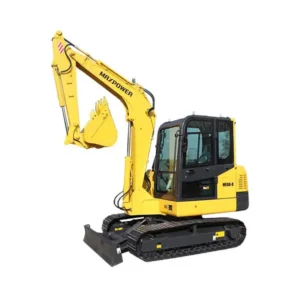
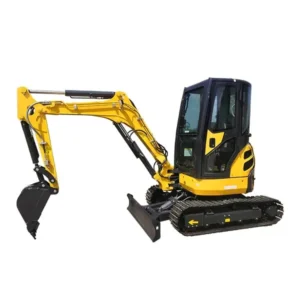
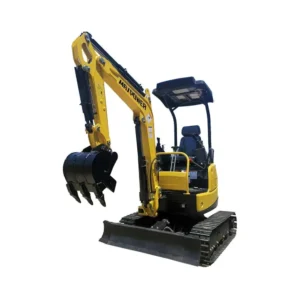





-150x150.webp)
